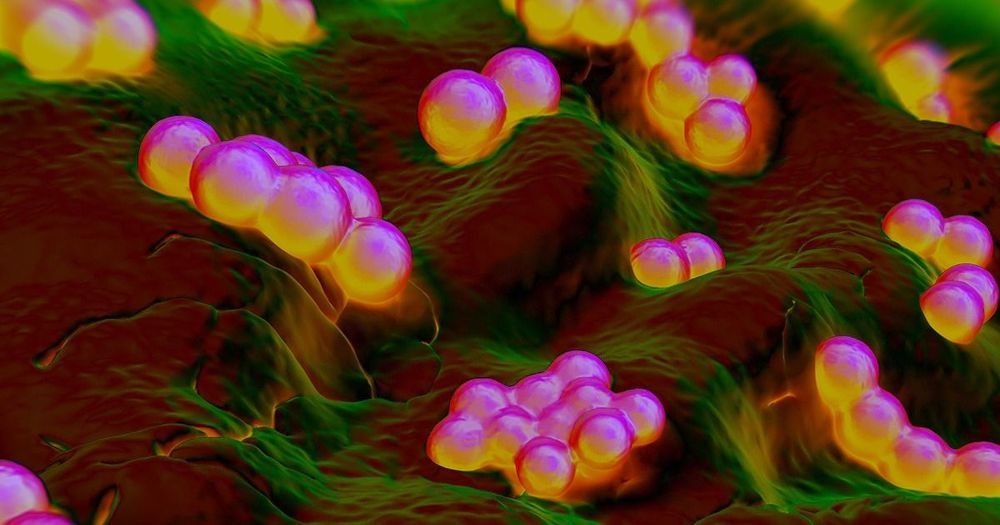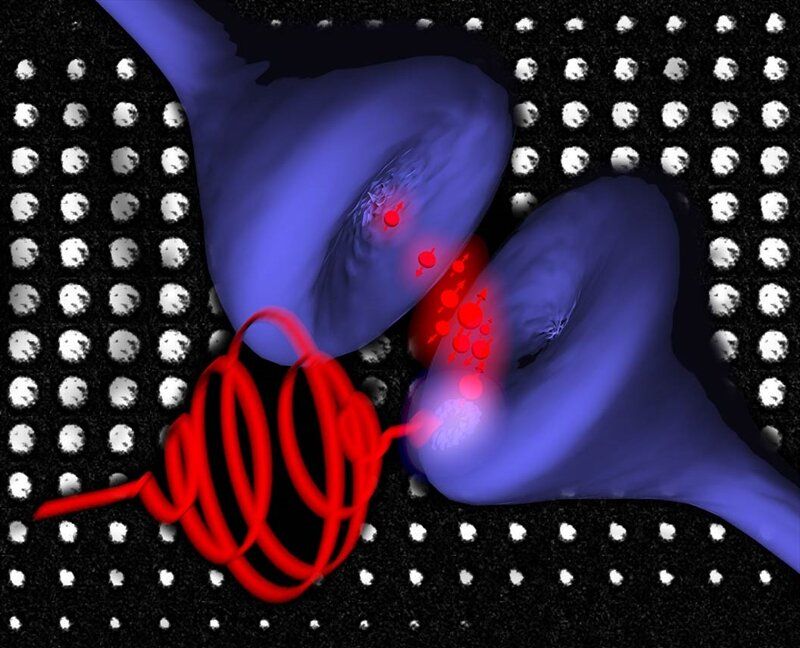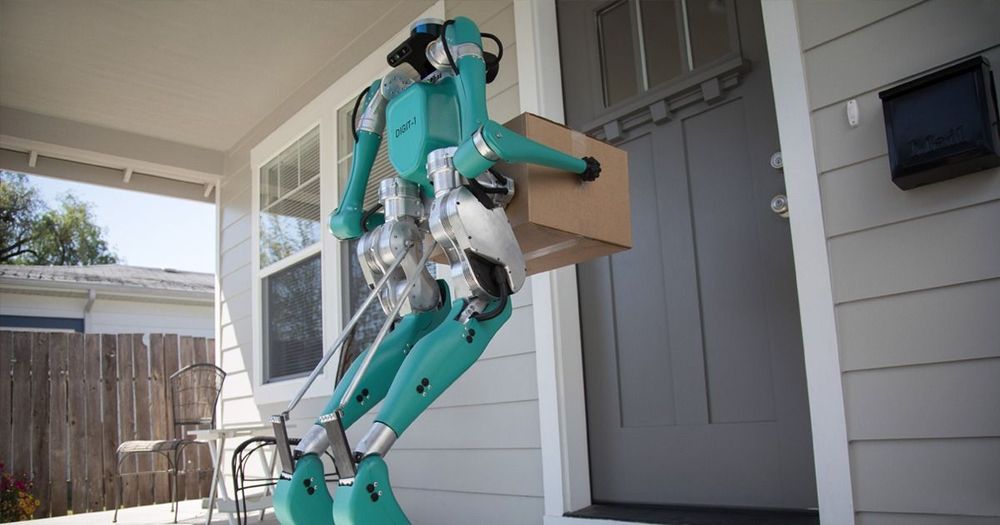Hey Meatbags! Here you go, just what you’ve all been waiting for…
Meet “Mega-Wattson” the new singer and “Hellga Tarr” the new guitarist and backing vocalist.
https://doomprints.de/gb/18-compressorhead-merchandise
Follow us:
Hey Meatbags! Here you go, just what you’ve all been waiting for…
Meet “Mega-Wattson” the new singer and “Hellga Tarr” the new guitarist and backing vocalist.
https://doomprints.de/gb/18-compressorhead-merchandise
Follow us:


For over 11 decades we have known that matter and energy are interchangeable. The development of nuclear power has shown us that matter can be converted into energy, but converting energy into matter has so far proven a lot more difficult.
The battlefield for such an achievement is at the end of the most powerful lasers ever envisioned, currently being planned and built in a number of different countries. Three projects top the “gone to watch list” of the laser world, prepared by the journal Science. They are China’s Station of Extreme Light (SEL), Russia’s Exawatt Center for Extreme Light Studies (XCELS), and the Department of Energy’s Optical Parametric Amplifier Line (OPAL).
These three lasers are planned to completely annihilate the current record for laser power, which is 5.3 million billion watts or 5.3 petawatts (PW) and obtained by Ruxin Li and colleagues at the Shanghai Superintense Ultrafast Laser Facility (SULF). Li is also behind SEL and hopes that by 2023 his team could reach the goal of a 100-PW laser.

The city of Baltimore is under attack, but not by someone armed with guns or bombs.
Two weeks ago, cybercriminals used ransomware known as RobinHood to seize control of about 10,000 of the city’s computers, saying they won’t relinquish access unless Baltimore hands over about $100,000 worth of bitcoin.
Baltimore is refusing the meet the ransom demand. However, it also isn’t equipped to crack the ransomware, meaning it’s been forced to go largely offline — another disturbing example of modern government’s inability to keep up with the evolving threat of cybercrime.



The power consumption of data centers around the world is increasing. This creates a high demand for new technologies that could lead to energy-efficient computers. In a new study, physicists at Radboud University have demonstrated that this could also be achieved by using chips whose operation is inspired by that of the human brain. The study was published in the scientific journal Applied Physics Letters on 16 May.
Compared to our current computers, the human brain uses a fraction of the energy to process the same amount of data. This is possible due to the fact that our brains can process data in parallel and store it as well by making connections stronger or weaker.
“We wanted to see if we could implement this property of plasticity in an artificial system and combine it with the rapid and energy-efficient technique to control magnetism using light, which has been applied for some time already,” say Johan Mentink and Theo Rasing, both physicists at Radboud University. “This should eventually lead to energy-efficient and smart computers.”


Scientists at the Max Planck Institute for Solar System Research (MPS), the Georg August University of Göttingen, and the Sonneberg Observatory have discovered 18 Earth-sized planets beyond the solar system. The worlds are so small that previous surveys had overlooked them. One of them is one of the smallest known so far; another one could offer conditions friendly to life. The researchers re-analyzed a part of the data from NASA’s Kepler Space Telescope with a new and more sensitive method that they developed. The team estimates that their new method has the potential of finding more than 100 additional exoplanets in the Kepler mission’s entire data set. The scientists describe their results in the journal Astronomy & Astrophysics.
Somewhat more than 4000 planets orbiting stars outside our solar system are known so far. Of these so-called exoplanets, about 96 percent are significantly larger than our Earth, most of them more comparable with the dimensions of the gas giants Neptune or Jupiter. This percentage likely does not reflect the real conditions in space, however, since small planets are much harder to track down than big ones. Moreover, small worlds are fascinating targets in the search for Earth-like, potentially habitable planets outside the solar system.
The 18 newly discovered worlds fall into the category of Earth-sized planets. The smallest of them is only 69 percent of the size of the Earth; the largest is barely more than twice the Earth’s radius. And they have another thing in common: all 18 planets could not be detected in the data from the Kepler Space Telescope so far. Common search algorithms were not sensitive enough.
